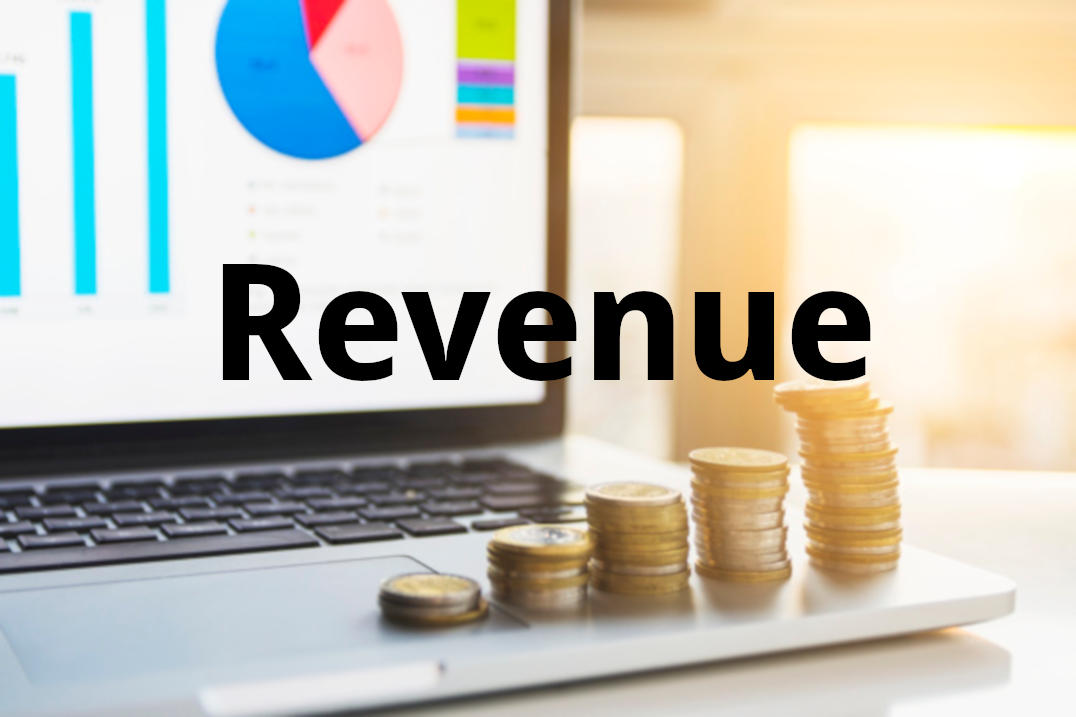Revenue, Income, Profit and Margin: Differences and Calculation Examples
Retail analytics covers many metrics and indicators. Some of them describe similar aspects of business processes and cause a lot of confusion. So, to analyze the effectiveness of the chain, the following metrics are used:
- Revenue
- Income
- Profit
- Margin

They are often confused or used as synonyms. But this is a completely false statement. To avoid misunderstandings and confusion, we will consider the content of each indicator, highlighting common features and differences, as well as examples of their calculation.
Revenue (Sales Value)
Revenue is the amount of money the store (chain) receives from the sale of goods. That is cash receipts from the main activity (retail trade).

!In accounting, revenue is interpreted as the entire amount of money made through selling products and services from a company's core operations.
Main characteristics:
- Calculated exclusively in monetary terms.
- Can only be positive cash flow.
- It is the main source of its financial resources.
To calculate, you can use one of the formulas:
Revenue = Σ Cash receipts from the sale of goods
Revenue = Σ Price * Sales Qty
Note! Revenue should not be equated with chain income. Since income is a broader concept and includes other income, in addition to the sale of goods (revenue).
Income
Income is a broader concept than revenue, which summarizes a business's cash receipts. Thus, in addition to revenue, it may include additional income, such as:
- rental payments from contractors;
- interest on bank deposits;
- income from sales of equipment and inventory;
- received dividends;
- income from financial investments, etc.

So, these are replenishment of cash and other assets that increase the benefit for the chain.
!From an accounting point of view, income is an increase in economic benefits in the form of the receipt of assets (money, goods, equipment, etc.) or a decrease in liabilities (accounts payable), which leads to an increase in capital (except for capital growth due to contributions from owners) during the reporting period.
Main characteristics:
- Takes into account all aspects of the chain.
- Includes all receipts that result in an increase in the retailer's working capital (excluding contributions from owners).
- It can be in cash and non-cash form.
- A positive component of the chain's profit.
Profit
Profitis a key performance indicator for a store. Briefly speaking, this is the difference between all the income and expenses of the chain. It shows how much revenue the company has left after deducting (paying) all expenses.

!In accounting, profit is the amount by which income exceeds the costs associated with it.
Main characteristics:
- It can have both positive and negative values (loss).
- It is the main purpose of the chain activities.
- It acts as the main source of financial resources, which ensures the further development of the company.
- The calculation formula depends on the type of profit.
Types of profit:
Gross profit is the difference between sales revenue and cost of sales.
Operating profit (EBIT) is profit from operating activities, which, in addition to gross profit, takes into account all other income and expenses from other operating activities. Another option is earnings before interest on borrowed funds and taxes.
EBITDA is earnings before interest, taxes, depreciation, and amortization and is an alternate measure of profitability.
Net income is the company's profit after income tax.
Margin
Margin is the same gross profit that can be expressed both in absolute terms and as a percentage.

Most often, to assess the effectiveness of the chain, they analyze the margin, expressed as a percentage, which shows how much profit is received with every $100 of revenue.
To calculate it, one of the formulas is used:
Margin, % = (Price - Cost) / Price * 100% - for one product
Margin, % = (Revenue (Sales Value) - Sales Cost) / Revenue (Sales Value) * 100% - for one product
Main characteristics:
- The margin value is always below 100%.
- It shows the profitability of the product and the efficiency of the store (chain).
- In absolute terms, it coincides with gross profit and markup, and in percentage terms, it displays the profitability of sales.
- The margin is always lower than the markup.
For a quick and error-free calculation of the described indicators (Profit, Margin, Sales Value), you can use the Business Calculator. It will allow you not only to see the differences in the algorithm for calculating them, but also to get hints about what the calculated metrics inform you about.
Calculation example
For a better understanding of the differences and the calculation algorithm, consider a simple example:
- Within a month, the store sold $100,000 of goods.
- The sales cost, including VAT, is $60,000.
- In a month, the store sold inventory - $27,000.
- For late delivery of goods, the supplier paid a fine in favor of the store - $6,000.
- Other administrative and marketing expenses – $21,000.
Results of calculations:
- Revenue (Sales Value) – $100,000;
- Income: 100,000 + 27,000 + 6,000 = $133,000;
- Gross profit:100,000 - 60,000 = $40,000;
- Operating profit: 40,000 + 27,000 + 6,000 - 21,000 = $52,000;
- Margin, %: (100,000 – 60,000) / 100,000 * 100% = 40%.
Conclusions:
- Revenue, Income, Profit, and Margin are indicators that are often confused or used as synonyms. However, their economic content is completely different.
- A correct understanding of each indicator will allow you to correctly assess the chain's effectiveness and make the right management decisions that ensure the achievement of the desired goals.
- For a comprehensive analysis of retail metrics, we offer a powerful BES analytical platform that allows you to study them with the necessary detail, visualize, filter, and use them to detect and avoid weaknesses in the chain.
 Co nowego?
Co nowego?





 Nie potrzebna karta bankowa!
Nie potrzebna karta bankowa!